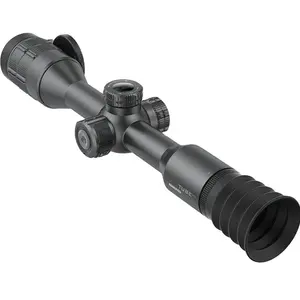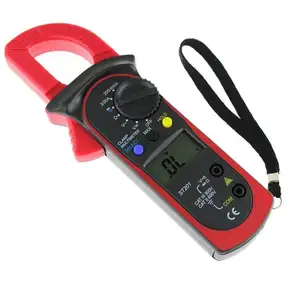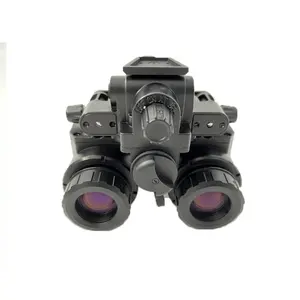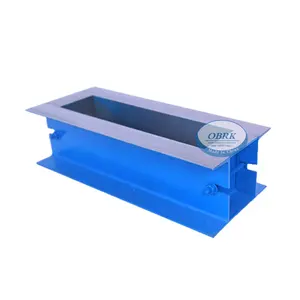Popular na sua indústria




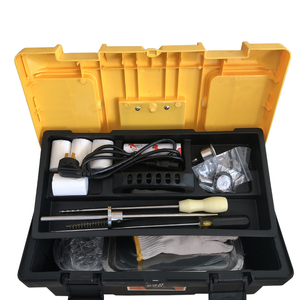



















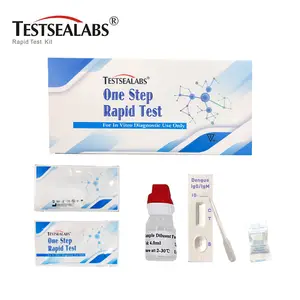



































Buscas Relacionadas:































































































































Principais categorias
Sobre testador decomposição sf6
Explore o testador decomposição sf6 atacado projetado para diferentes necessidades de teste. A ampla gama de analisadores lógicos disponíveis será útil para empresas e indivíduos que trabalham regularmente com eletrônica digital, bem como circuitos e sistemas digitais. Obter equipamentos de teste de qualidade como esses ajudará a tornar o processo de verificação e depuração de projetos digitais muito mais eficiente. Ao capturar e exibir vários sinais do sistema ou circuito digital, um engenheiro que trabalha no sistema pode solucionar facilmente os problemas que surgem.
Existem muitas canetas testadoras elétricas de marcas líderes que são muito portáteis e também adequado para uso pessoal ou doméstico. Essas canetas são ferramentas importantes para verificar a energia elétrica antes de iniciar qualquer tipo de trabalho nas tomadas elétricas para garantir um trabalho elétrico seguro. Itens como os testadores de tensão da caneta são pequenos e práticos, e ter um ajudará na segurança ao trabalhar com sistemas elétricos. Uma ampla variedade de detectores de tensão está disponível com taxas preferenciais de atacado.
Oferecemos testador decomposição sf6 de várias marcas populares e líderes. Equipamentos como o alicate amperímetro são adequados para medições de corrente rápidas e eficazes. Ele pode ser usado para medições sem contato e é uma ferramenta simples e eficaz para medições CA e CC. Para produtos mais especializados, como ferramentas para testar cabos de fibra ótica, oferecemos refletômetros óticos no domínio do tempo, também conhecidos como OTDR, que são usados para testar a integridade dos cabos de fibra. Com esses equipamentos, os engenheiros podem solucionar problemas de maneira eficiente e trabalhar na manutenção adequada das redes de telecomunicações ópticas.
